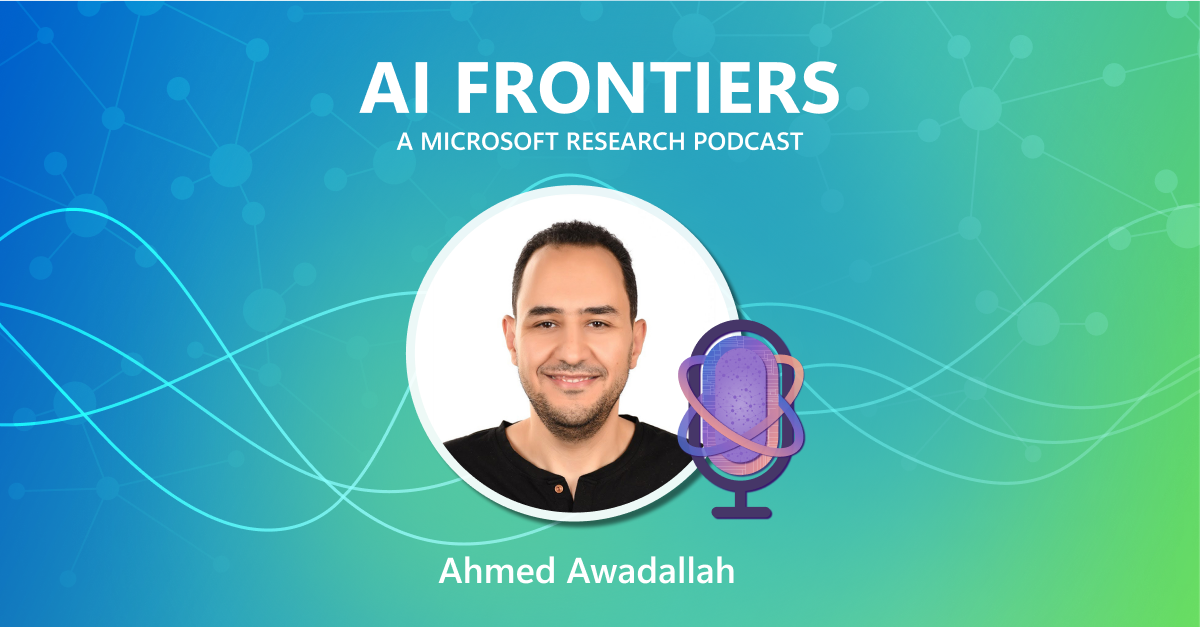This post has been republished via RSS; it originally appeared at: Microsoft Research.
This research paper was presented at the 12th International Conference on Learning Representations (opens in new tab) (ICLR 2024), the premier conference dedicated to the advancement of deep learning.

Large language models (LLMs) rely on complex internal mechanisms that require more memory than what is typically available to operate on standard devices. One such mechanism is the key-value (KV) cache, which stores and retrieves previously computed data, helping the model generate responses quickly without needing to recalculate information it has already processed. This method uses a substantial amount of memory because it keeps a large amount of this data readily accessible to enhance the model’s speed and efficiency. Consequently, the KV cache can become prohibitively large as the complexity of the tasks increases, sometimes requiring up to 320 GB for a single operation. To address this, we developed FastGen, a novel method aimed at reducing the memory demands for LLMs.
Our paper, “Model Tells You What to Discard: Adaptive KV Cache Compression for LLMs (opens in new tab),” presented at ICLR 2024, we describe how FastGen optimizes the way LLMs store and access data, potentially cutting memory use by half while preserving their efficiency. This approach represents a significant step toward making sophisticated AI tools more accessible and affordable for broader applications. We are delighted to share that this paper has been given an Honorable Mention for the Outstanding Paper Award (opens in new tab).
Observations of the KV cache
The development of FastGen is underpinned by our observations of how the KV cache functions. We first observed that not all the data in the KV cache is needed for LLMs to complete their required tasks, as shown in Figure 1. By providing the KV cache with the mechanism to discard unnecessary data, it is possible to significantly cut memory use. For example, some LLM modules don’t require broad contexts to process input. For this, it is possible to construct a KV cache that removes data that contains less important long-range contexts, such as several sentences or paragraphs. Also, some LLM modules primarily attend only to special tokens, such as punctuation, for which it is possible to create a KV cache that retains only those tokens. Finally, some LLM modules broadly need all tokens, and for these we can employ the standard KV cache and store all words.
Another key observation in our study is that attention modules in different layers and positions in the LLM behave differently and need different preferences for their KV cache, as shown on the right in Figure 1.
MICROSOFT RESEARCH PODCAST
AI Frontiers: The future of scale with Ahmed Awadallah and Ashley Llorens
This episode features Senior Principal Research Manager Ahmed H. Awadallah, whose work improving the efficiency of large-scale AI models and efforts to help move advancements in the space from research to practice have put him at the forefront of this new era of AI.

FastGen accounts for the diversity of KV cache structures
Because different KV caches have different structures, they need to be handled differently. We based the development of the FastGen algorithm on our observations, enabling it to categorize and optimize the data that is stored in a given KV cache. FastGen first analyzes the specific behaviors of different modules to understand their structures, a method called profiling. It then uses the results to adjust how data is stored in real-time, making the process more efficient. Our tests show that FastGen can reduce the amount of memory by 50% without sacrificing quality. Additional experiments, discussed in detail in our paper, confirm that the profiling process is crucial and significantly improves the efficiency of the KV cache.
The broader picture
Fueled by unprecedented advances in data handling and computational capabilities, LLM pretraining has emerged as a cornerstone of deep learning, transforming natural language processing tasks and continuously challenging our understanding of learning and cognition.
However, greater capabilities can bring challenges. As models scale larger, customizing them for specific tasks can become more resource-intensive. At Microsoft Research, we are exploring different approaches to more efficient model editing. A critical strategy involves targeted model profiling, which identifies essential components of a model that align with predefined goals. This profiling informs precise model modifications, optimizing resource use and effectiveness.
The two research projects we are presenting at ICLR 2024 support these goals. Both adopt the profile-then-edit paradigm to address different problems. FastGen reduces memory consumption. Our related work, Post-hoc Attention Steering for LLMs (PASTA), focuses on better controllability. These approaches are designed to be resource-efficient, as they do not require tuning or back propagation. Looking ahead, our goal is to further develop these techniques to improve the resource-efficiency of LLM applications, making them more accessible to a wider audience.
The post LLM profiling guides KV cache optimization appeared first on Microsoft Research.

